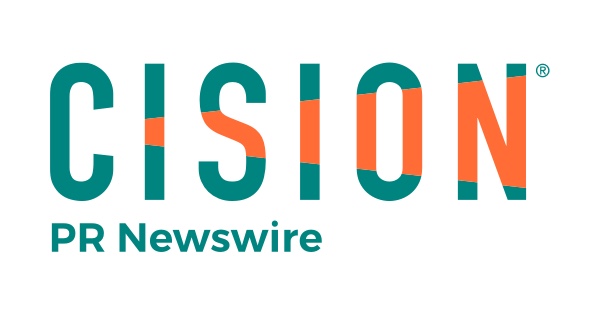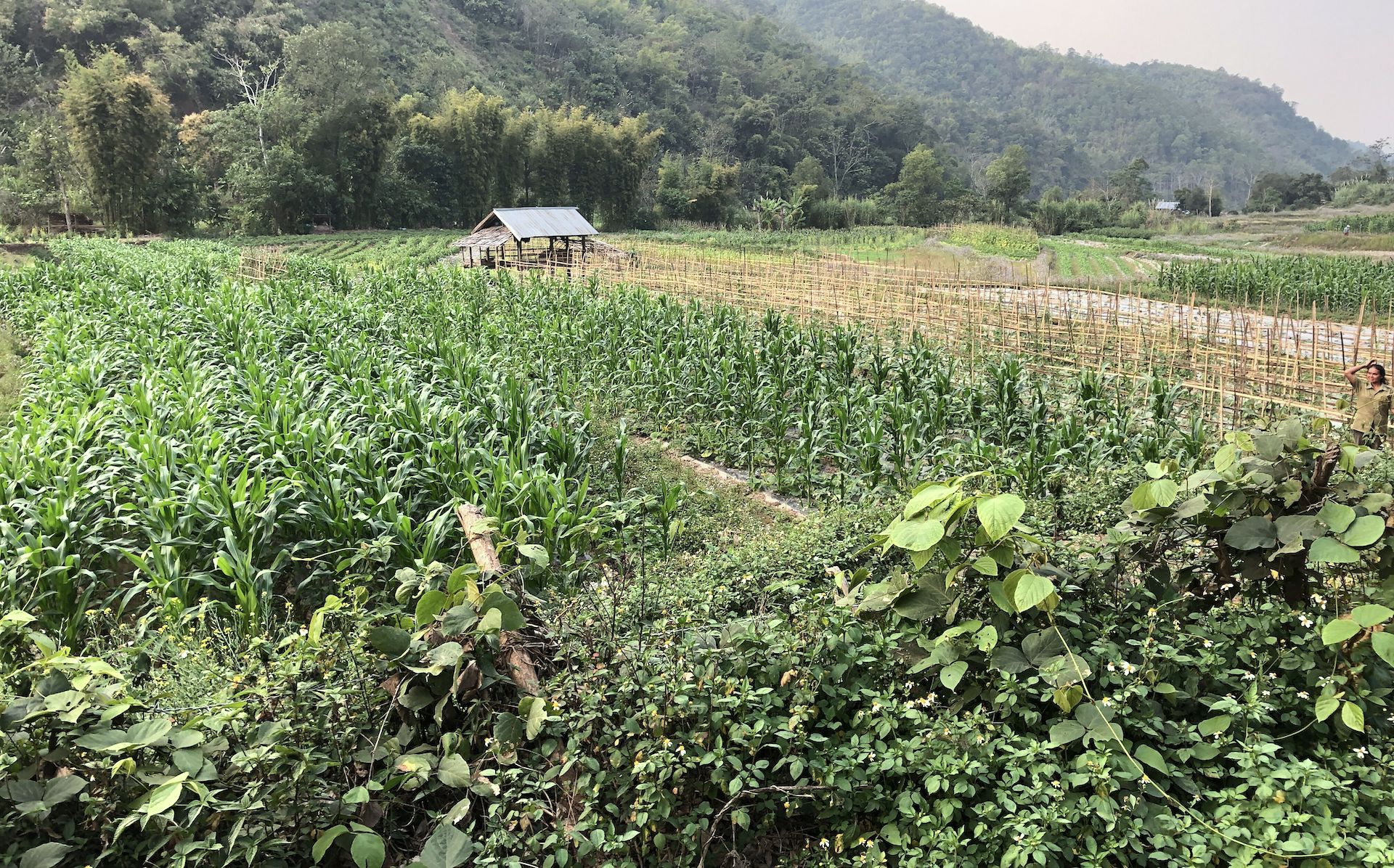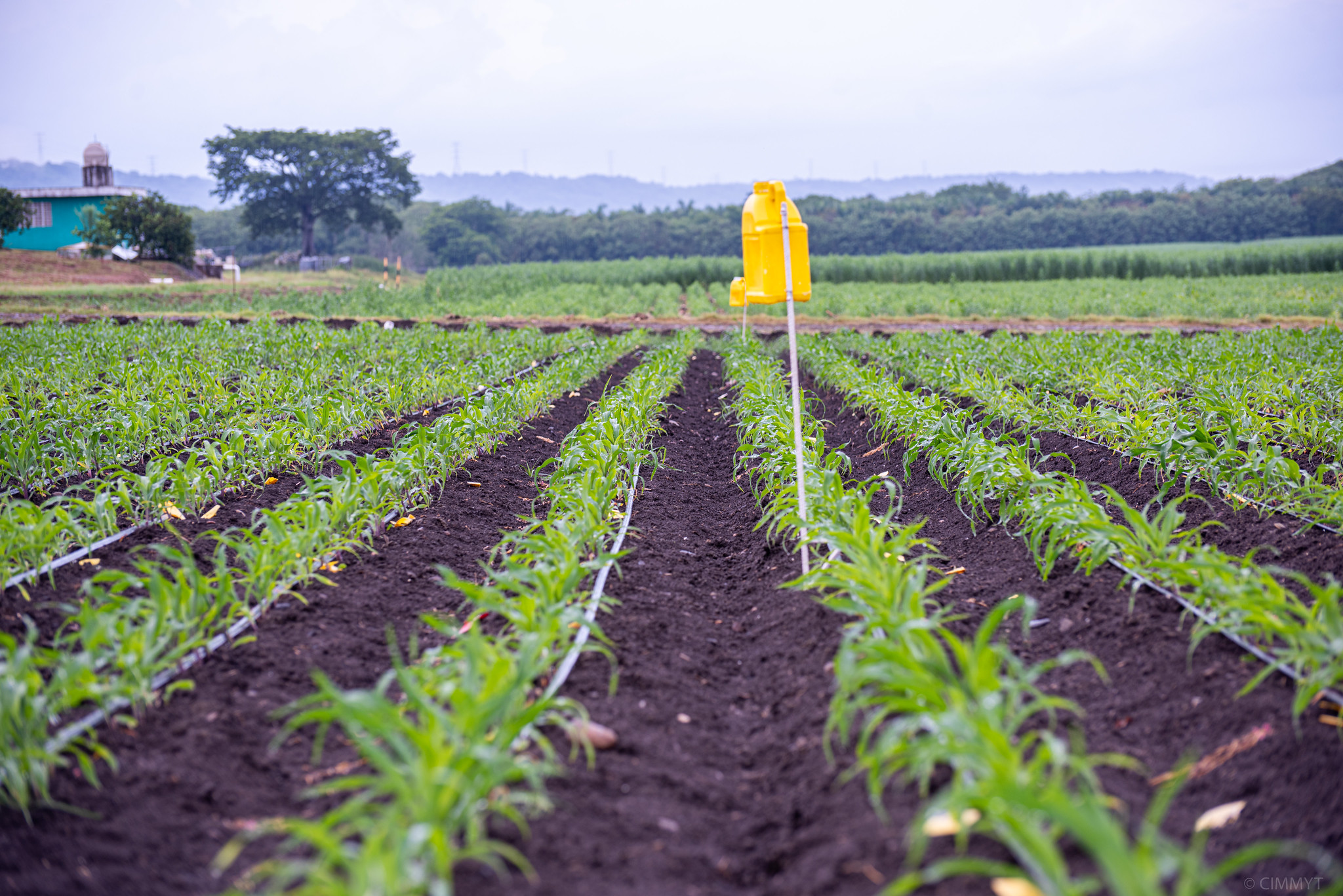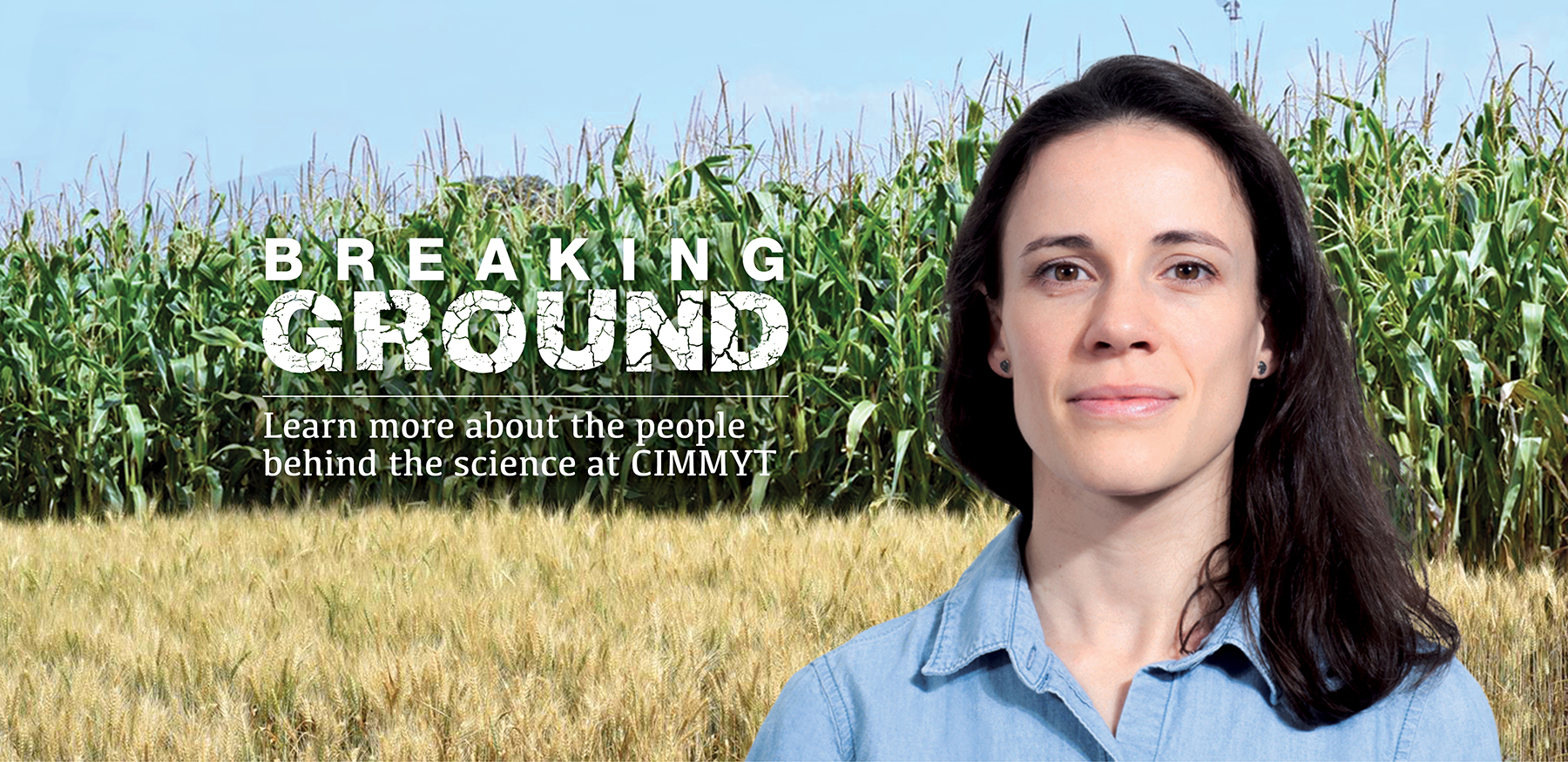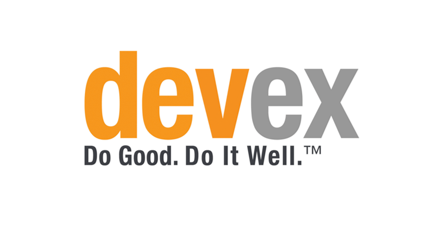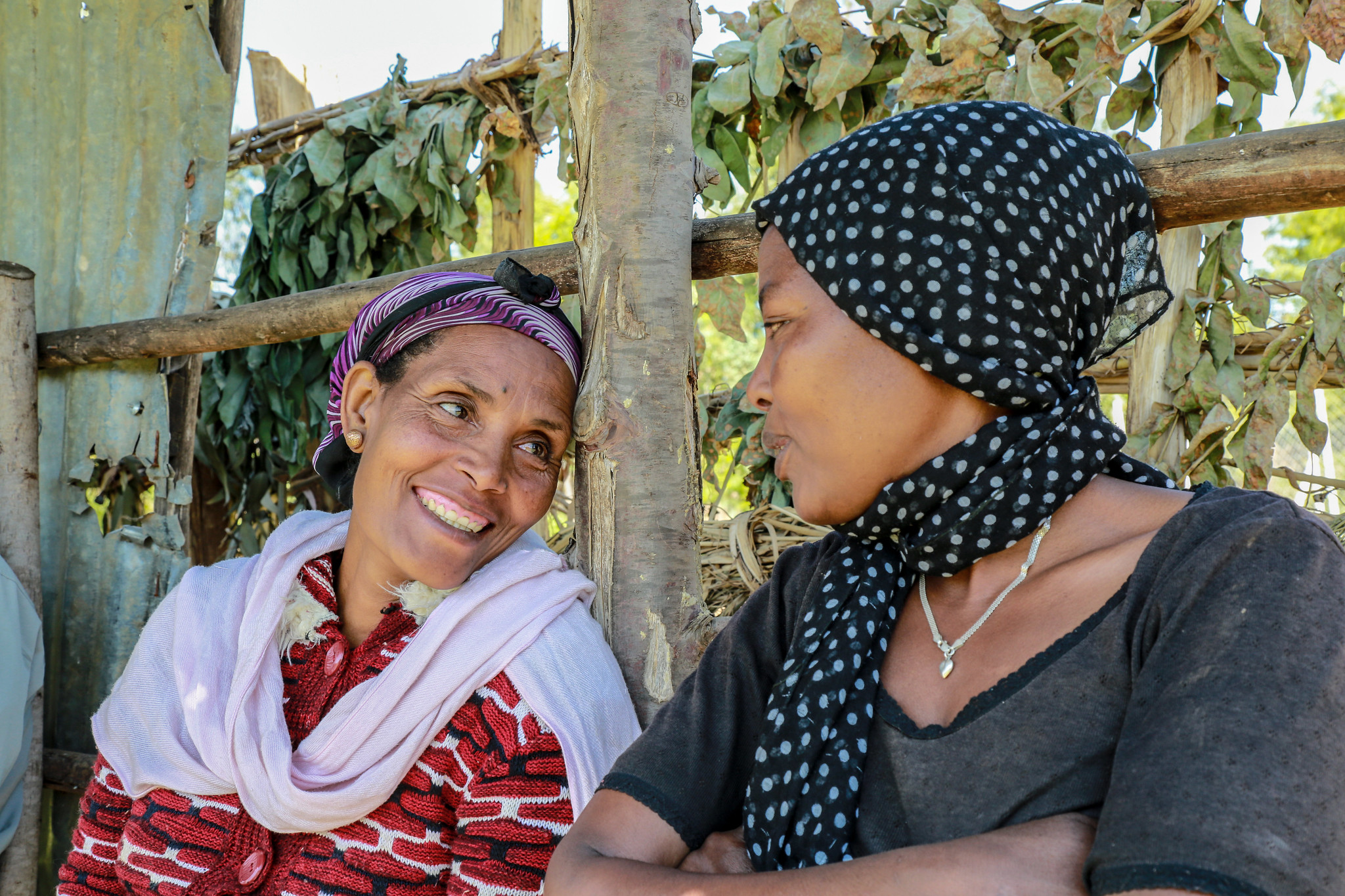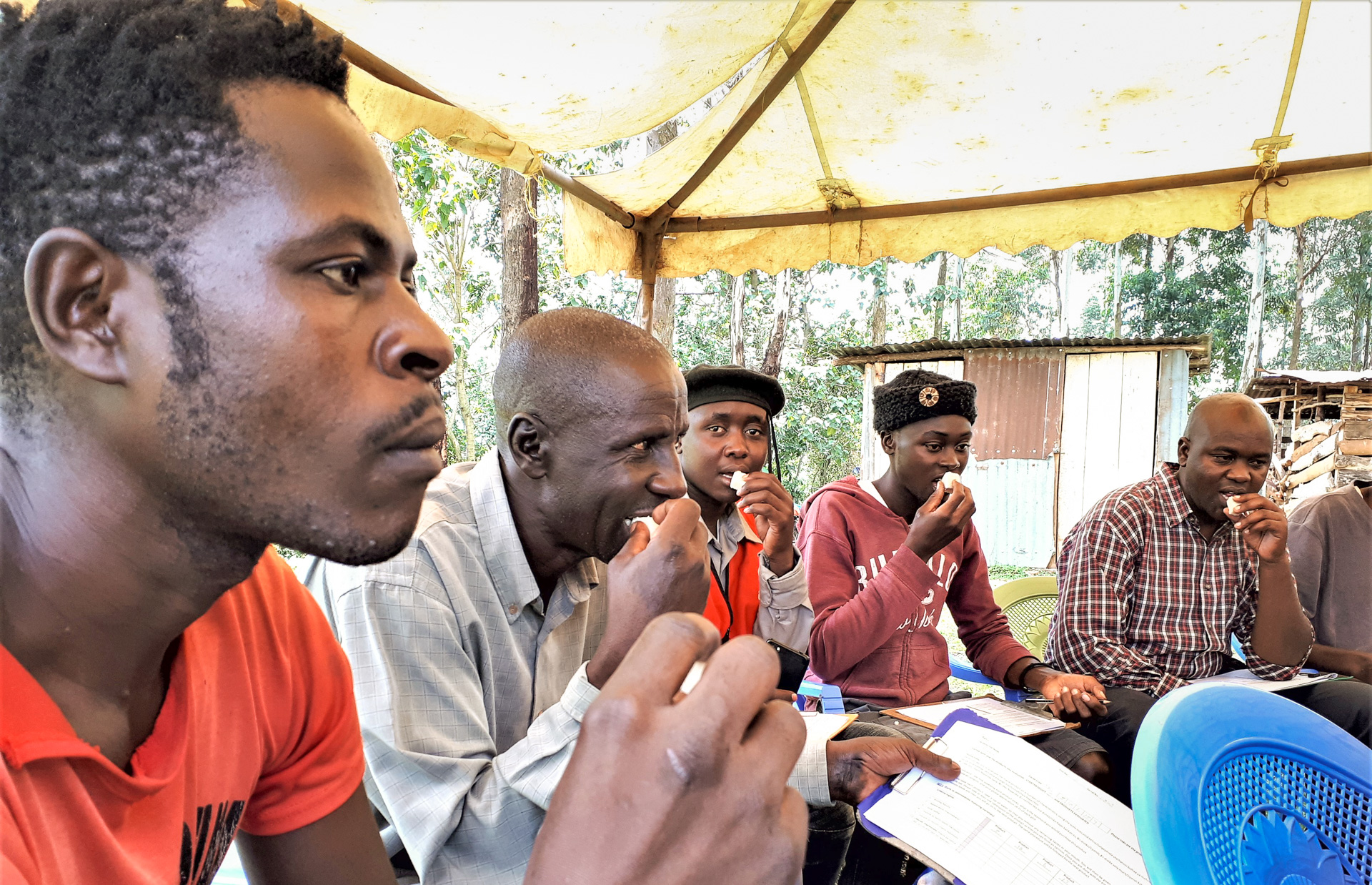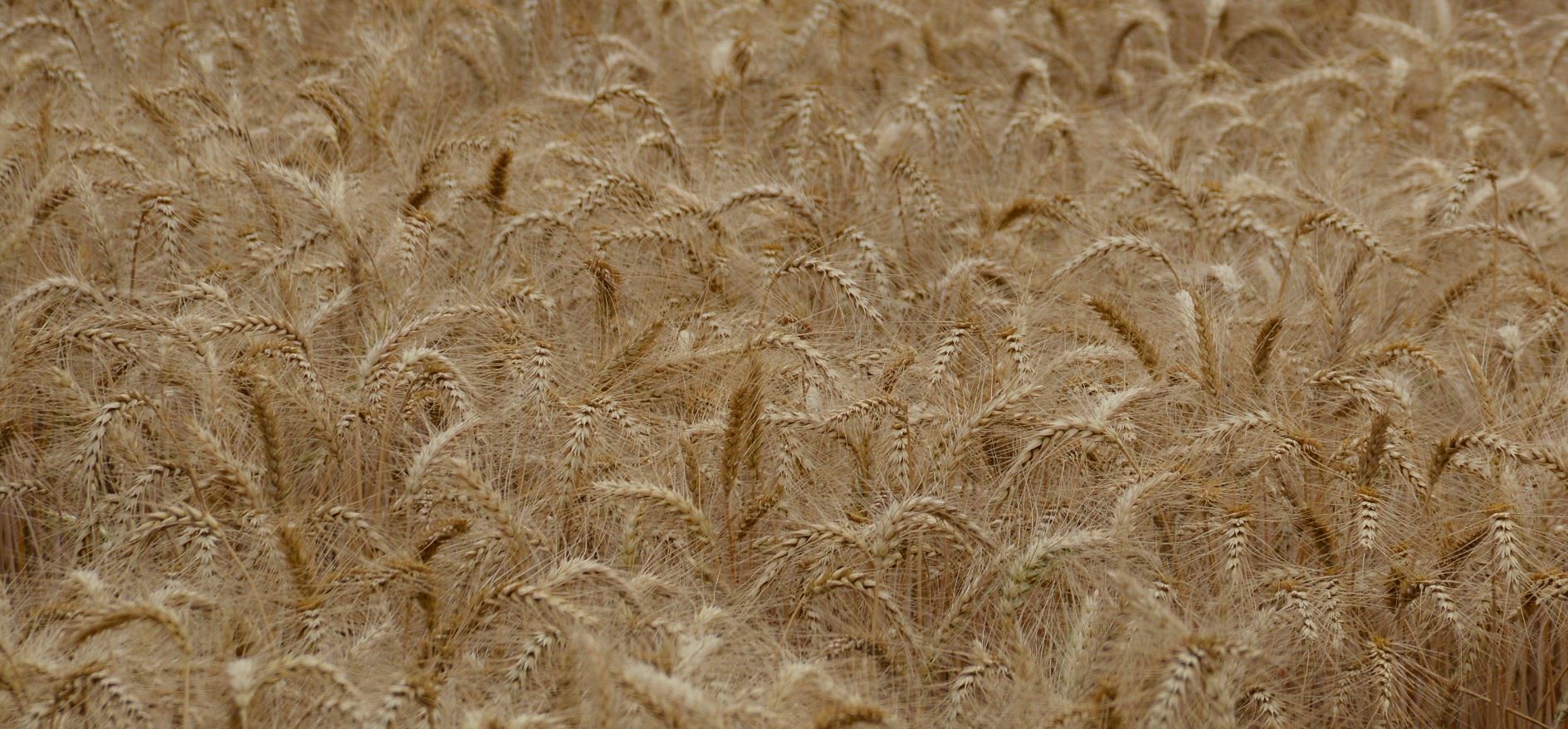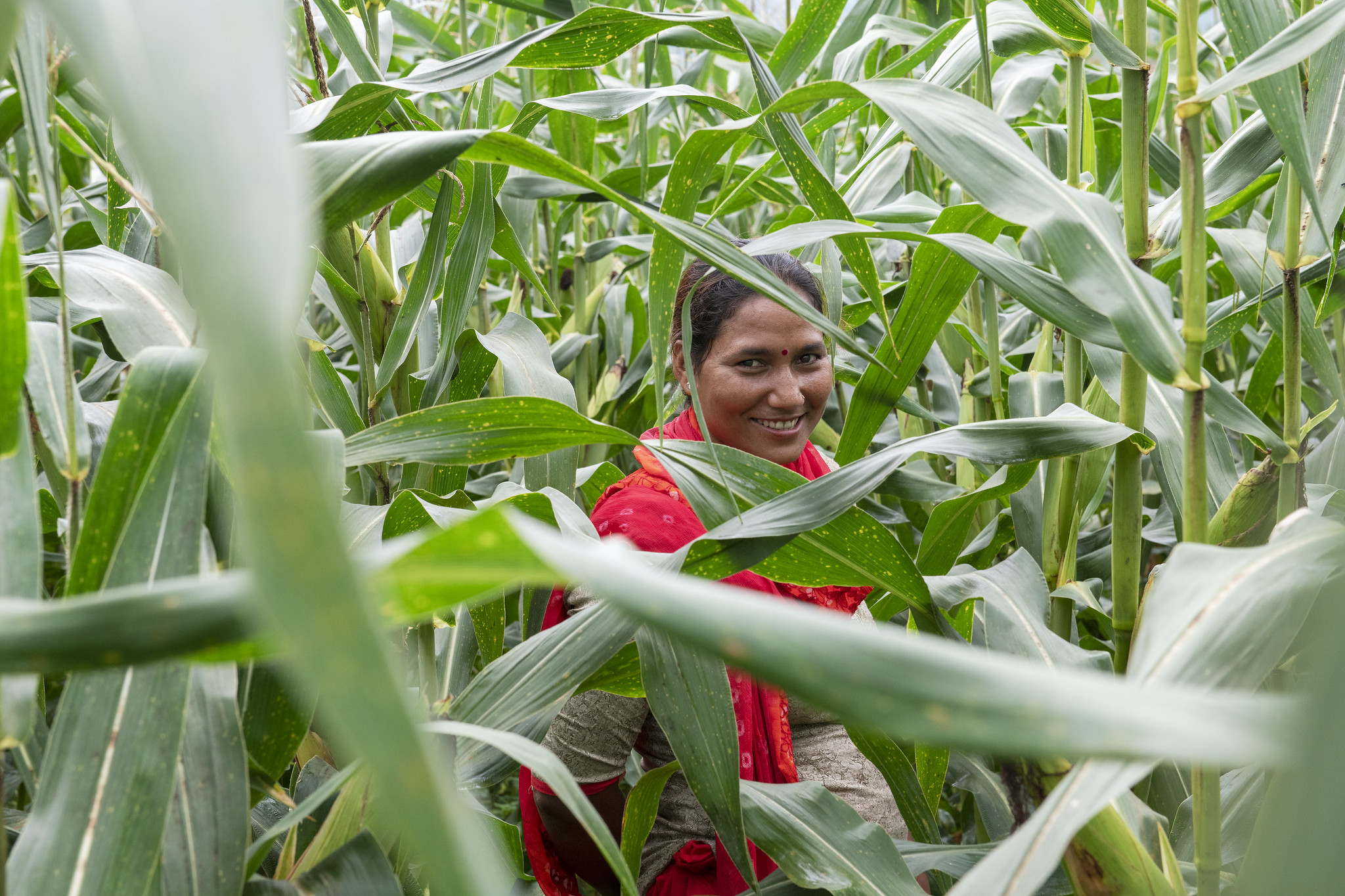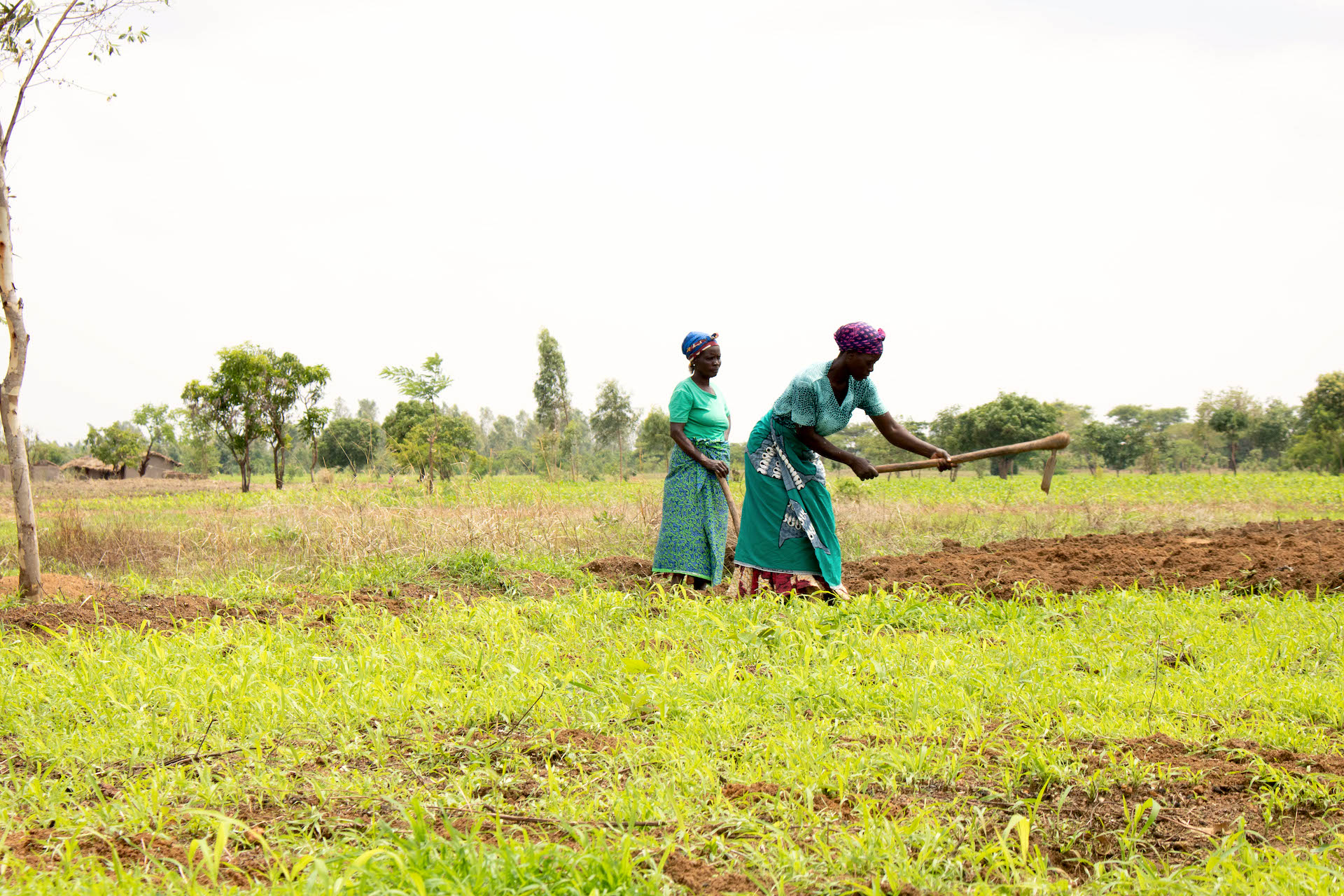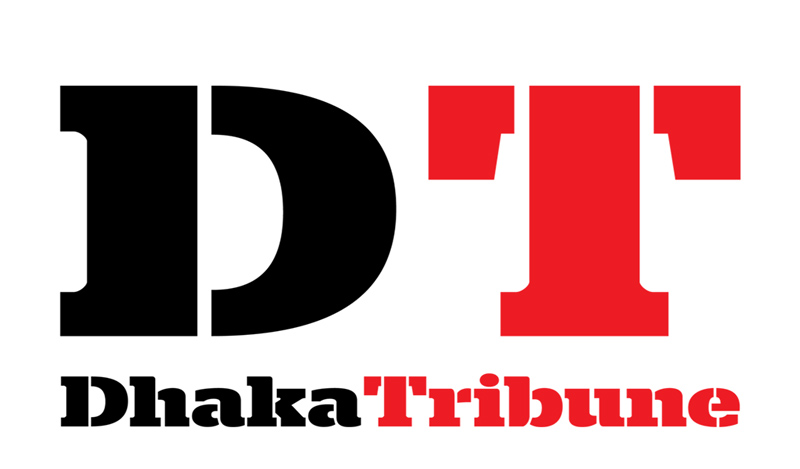Nutrition, health and food security
As staple foods, maize and wheat provide vital nutrients and health benefits, making up close to two-thirds of the world’s food energy intake, and contributing 55 to 70 percent of the total calories in the diets of people living in developing countries, according to the U.N. Food and Agriculture Organization. CIMMYT scientists tackle food insecurity through improved nutrient-rich, high-yielding varieties and sustainable agronomic practices, ensuring that those who most depend on agriculture have enough to make a living and feed their families. The U.N. projects that the global population will increase to more than 9 billion people by 2050, which means that the successes and failures of wheat and maize farmers will continue to have a crucial impact on food security. Findings by the Intergovernmental Panel on Climate Change, which show heat waves could occur more often and mean global surface temperatures could rise by up to 5 degrees Celsius throughout the century, indicate that increasing yield alone will be insufficient to meet future demand for food.
Achieving widespread food and nutritional security for the world’s poorest people is more complex than simply boosting production. Biofortification of maize and wheat helps increase the vitamins and minerals in these key crops. CIMMYT helps families grow and eat provitamin A enriched maize, zinc-enhanced maize and wheat varieties, and quality protein maize. CIMMYT also works on improving food health and safety, by reducing mycotoxin levels in the global food chain. Mycotoxins are produced by fungi that colonize in food crops, and cause health problems or even death in humans or animals. Worldwide, CIMMYT helps train food processors to reduce fungal contamination in maize, and promotes affordable technologies and training to detect mycotoxins and reduce exposure.
Plant-based materials catch on with home-goods designers
 Capacity development
Capacity development
Source: The Manila Times (26 May 2020)
Mexican designer Fernando Laposse partnered with CIMMYT and works with a village of Mixtec farmers to transform unused maize husks into furniture.
Africa’s smallholders to bear the brunt of COVID-19
 Nutrition, health and food security
Nutrition, health and food security
Source: SciDev.net (25 May 2020)
As COVID-19 pandemic threatens smallholder farmers, it could be an opportunity to shift priorities and increase support to agriculture.
Preserving the legacy of biodiversity
 Climate adaptation and mitigation
Climate adaptation and mitigation
Maize and wheat seeds from all over the world are preserved at the CIMMYT genebank, used to bring new varieties to farmers, and backed up at the Global Seed Vault.
Fawligen registered in Bangladesh
 Environmental health and biodiversity
Environmental health and biodiversity
Source: PR Newswire (18 May 2020)
CIMMYT contributed to rapid assessment and registration of biological control for fall armyworm.
Fall armyworm survey marks CIMMYT’s first research project in Laos
 Nutrition, health and food security
Nutrition, health and food security
Hot on the trail of fall armyworm, CIMMYT builds local research partnerships in Southeast Asia.
Breaking Ground: Maria Itria Ibba and the lab that bakes bread
 Innovations
Innovations
CIMMYT scientist helps breeders meet complex and stringent market demands for high-quality wheat.
Opinion: COVID-19 highlights need to boost resilience of Africa’s rural poor
 Nutrition, health and food security
Nutrition, health and food security
Source: Devex (4 May 2020)
Leaders from CIMMYT, Harvest Plus and Clinton Development Initiative discuss need for smallholder farmers to be resilient against shocks — pandemics, droughts or crop infestations.
Ethiopian wheat farmers adopt quality seed and a vision for a more profitable future
 Nutrition, health and food security
Nutrition, health and food security
Publication analyzes success factors of Wheat Seed Scaling project, which has benefited more than 131,000 rural households in Ethiopia.
In the best possible taste
 Nutrition, health and food security
Nutrition, health and food security
Researchers in Kenya and Uganda are incorporating sensory preferences like taste, smell or texture into maize breeding.
New crop varieties set to address drought, malnutrition
 Nutrition, health and food security
Nutrition, health and food security
Source: The Nation (27 Apr 2020)
CIMMYT, Clinton Development Initiative and Harvest Plus work together to make drought-tolerant and vitamin A biofortified maize available to farmers in Malawi.
CIMMYT and Pakistan: 60 years of collaboration
 Nutrition, health and food security
Nutrition, health and food security
New fact sheet captures the impact of six decades of maize and wheat research in Pakistan.
CGIAR is receiving applications to join the One CGIAR Common Board
 Nutrition, health and food security
Nutrition, health and food security
The world’s largest public research network on food systems, of which CIMMYT is a member, is looking for qualified individuals to join its new One CGIAR Common Board.
Out of the classroom and into the field
 Capacity development
Capacity development
Malawian smallholders tackle challenges together using the farmer field school approach.
IFPRI, IRRI, CIMMYT, WorldFish make joint call for measures to avert risk to food system
 Nutrition, health and food security
Nutrition, health and food security
Source: Dhaka Tribune (22 Apr 2020)
CGIAR centers recommended Bangladesh to ensure transportation of food and the flow of crucial inputs to farmers through market systems.



